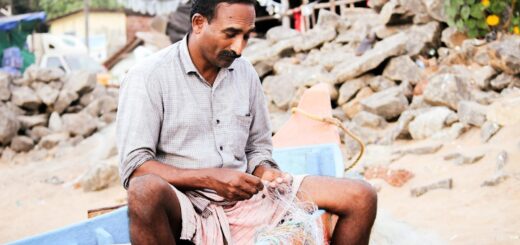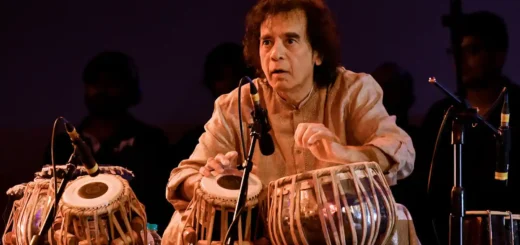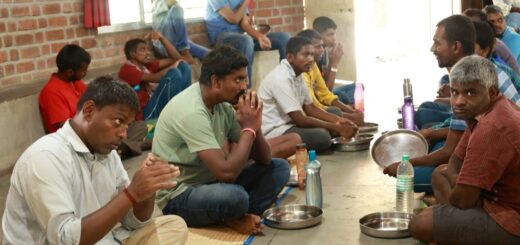Social Injustice – Anguish Portrayed
A woman cries from her fall and there are rows of security forces behind her, children holding letters that they had written to the Russian ambassadors and women crying to the Almighty for help, an aircraft flying dangerously low, a sign of threat – these are some of the photographs that were part of the photo essay of Stephen Amirtharaj “Kudankulam: A nuclear power plant in my backyard”.
Stephen Amirtharaj is a Bangalore based documentary photographer. His native place is a small village in Tirunelveli. He did a short multimedia presentation of his works at Pondy Photo 2014, a photography festival organised by PondyArt, on 21 March at Hotel Atithi. He said that he wants to cover social injustices all over India because many of them go unreported. He as a photographer, wants to reveal a better picture and relate the situation to the public. Earlier he was one of those people who had believed in the supremacy of nuclear power as his father had worked with the department of atomic energy. He learnt about Kaiga and Chernobyl disasters in 2009 and saw that media wasn’t giving enough attention to the PMANE’s protest against Kudankulam Nuclear Power Plant (KKNPP) and decided to go behind the scene and make a documentary photo-essay.
Stephen Amirtharaj started his work in Kudankulam in 2011. He wasn’t initially accepted by the people of the village. But he slowly became one among them and started documenting the protests. He started being a part of their protests by sleeping with them on the beach, getting beaten up by the police and he even has cases filed against him. Though the protest was non-violent, Government used force to settle their protests. One such was when the people of the village organized the Jal Satyagraha but they were scared by a low flying aircraft.
Stephen Amirtharaj says that the protest by the villagers was a genuine in nature and that it was out of anger and fear of livelihood. Though the Government says that the plant is fail-proof and has seven layers of protection, it would still pump gallons of water at 48°C thus ruining this lobster rich area.

One of the photos the village where the protest was held while Stephen Amirtharaj was documenting it
Stephen Amirtharaj admits that his photo-essay is only from the victims side and that he didn’t want to be subjective but he couldn’t get the other side of the story even though he tried. And this free-lancer has sold his works only to let the world know the anguish and suffering that the village went through and which was refused to be covered by the media.
Photos: Krishnaveni Ilanthirayan and Tathagata Mitra
Sunitha Devi S
1st MA Mass Communication





